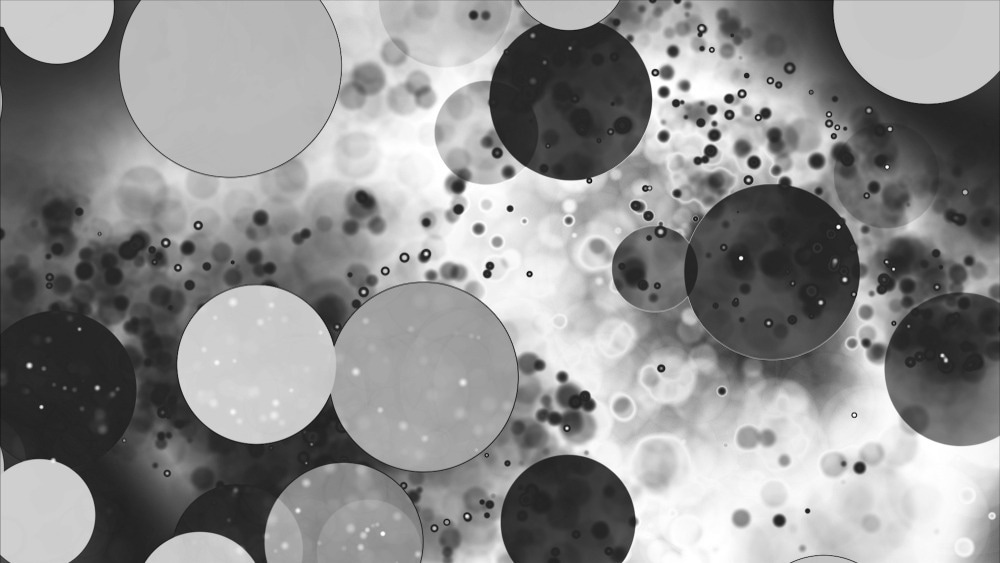Due to the malleable quality of liquid metals and the existence of surface oxide film, exploring the contact performance and interface charge transfer has proven difficult for systems based on liquid metals.

Study: Insights into the Interfacial Contact and Charge Transport of Gas-Sensing Liquid Metal Marbles. Image Credit: HaHanna/Shutterstock.com
In a research published in the journal ACS Applied Materials & Interfaces, eutectic gallium indium nano-/micro-sized droplets were enclosed with tungsten trioxide nanoparticles to generate a liquid metal marble matrix where charge transportation was governed by the interface contact of the inherently semiconductive tungsten trioxide.
What are Liquid Metals?
Alloys and metals with low melting points, commonly termed liquid metals, include gallium (Ga) and its alloys. They are a developing class of multifunctional materials used in sensors, catalytic processes, flexible electronics, and several different fields. Sonication, for example, may easily break down a significant volume of liquid metals into nano-/micro-droplets.
Interface engineering has been used to generate ideal surface morphologies and structures for a variety of these nano-/micro-droplets based on liquid metals, either by adjusting the component elements or via post-surface alterations. The reason behind the active surfaces of liquid metals is that they are essentially metals or alloys of metals.
Interfacial Complexities of Liquid Metals
The majority of liquid metals develop a self-constraining surface oxide film in ambient air and a surface hydroxide film in many solvents, culminating in interface passivation. Given the complexity of liquid metal interfaces, a thorough knowledge of their surface composition and behaviors under various ambient circumstances is crucial for designing and processing materials.
This is especially relevant for liquid metal marbles formed by functionalizing liquid metal droplets with surface micro-/nano-particle coverings. Encasing liquid metal droplets with chosen particles is a potential method for producing microscale/nanoscale materials with improved capabilities, scalability, and adaptability.
Determining the nature of contact among the covering micro-/nano-particles and the liquid metal droplets, as well as their interactions, is critical. Furthermore, when the development of the surface oxide film is concerned, it is uncertain if direct interaction between the surface particles and the liquid metal is conceivable or if the surface oxide film might have a part to play as well.
Why was WO3/EGaIn the Focus of this Study?
In this study, the team looked at tungsten trioxide (WO3) nanoparticles (NPs) as an encapsulation material for liquid metal alloy droplets of eutectic gallium and indium (EGaIn). The liquid phase of EGaIn at nearly ambient temperature was selected.
It displays excellent heat and electric conduction while also being non-toxic. Due to its high elasticity and fluidity, EGaIn may be sonicated and micronized at low energies to produce liquid metal nano-/micro-droplets.
Furthermore, tungsten trioxide nanoparticles enable homogenous distribution on the EGaIn surface without the requirement of surfactants, which allows for excellent interchanging of free charge carriers among the two elements.
Qualities of Tungsten Trioxide
Tungsten trioxide is a natural n-type semiconductor with a 2.6-3.2 eV band gap range. While reasonably robust at ambient temperatures, tungsten trioxide exhibits engagement with several gases at higher temperatures through various methods.
Whenever subjected to reducing gases that supply the surface with unbound electrons, the resistance of tungsten trioxide reduces, while it rises when introduced to oxidizing gas species that create an electron depleted zone by drawing electrons from surface tungsten atoms.
Tungsten trioxide is understood to generate substoichiometric forms (WO3-x) by a number of simple mechanisms, resulting in increased electric conductance owing to a deficit of oxygen.
Important Findings of the Study
The I-V profiles generated from the liquid metal marble framework of WO3/EGaIn and a macroscopic interface configuration suggested that the interface of WO3/EGaIn had near-ohmic electricity conduction characteristics.
The system's density functional theory (DFT) simulations revealed the affinities among the gallium and indium atoms of EGaIn and the oxygen atoms of tungsten trioxide, providing an atomic-level understanding of the nature of the interaction. Therefore, the inherent position of the tungsten trioxide Fermi level was shifted above the tungsten trioxide conduction band, resulting in the formation of a near-ohmic interface contact.
The interface contact of WO3/EGaIn having a good charge transfer efficacy was shown to improve gas sensing capabilities (for oxygen and water molecules).
This research sheds light on the nature of interface contacts formed among liquid metals and semiconductive substances, as well as the charge transfer properties of such surfaces. The study's results extend further than liquid metal marble networks all the way to composites and various other systems based on liquid metals.
Reference
Chi, Y., Han, J. et al. (2022). Insights into the Interfacial Contact and Charge Transport of Gas-Sensing Liquid Metal Marbles. ACS Applied Materials & Interfaces. Available at: https://doi.org/10.1021/acsami.2c06908
Disclaimer: The views expressed here are those of the author expressed in their private capacity and do not necessarily represent the views of AZoM.com Limited T/A AZoNetwork the owner and operator of this website. This disclaimer forms part of the Terms and conditions of use of this website.